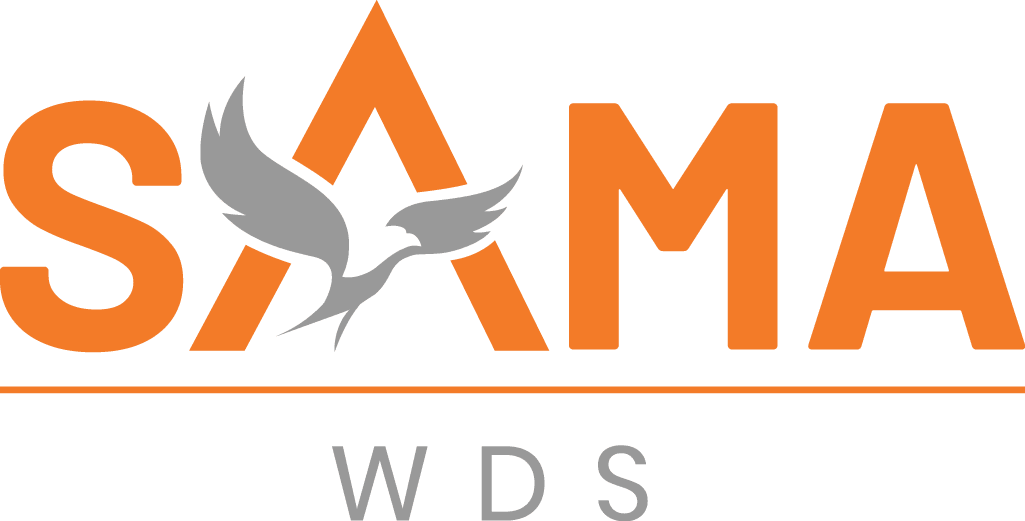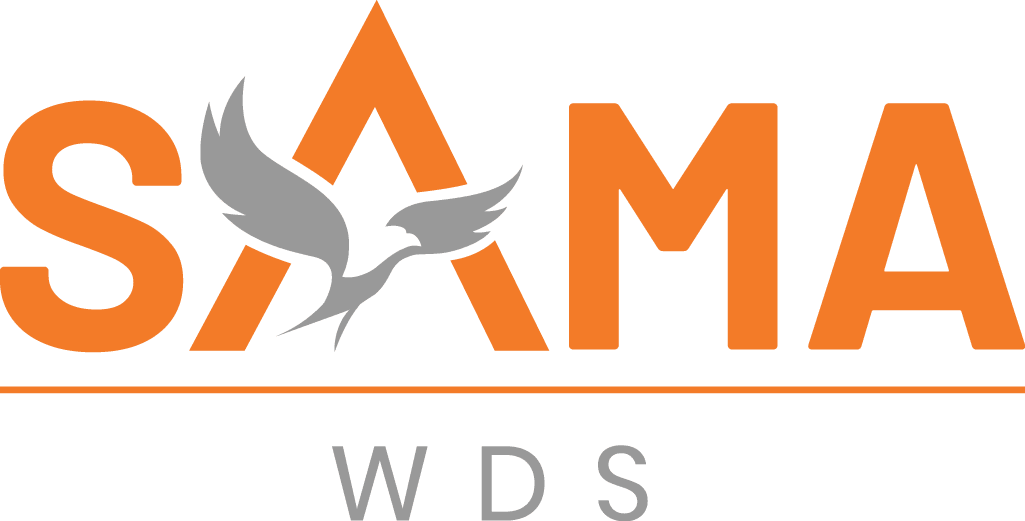
Integrating Workday Adaptive Planning with HCM for Workforce Budget Alignment
For organizations leveraging Workday Financials, aligning workforce budgets with revenue forecasts is critical to strategic financial planning. Integrating Workday Adaptive Planning with Workday Human Capital Management (HCM) enables precise alignment of headcount costs with revenue projections, ensuring compliance with ASC 606 and IFRS 15. Manual revenue recognition processes, however, introduce inefficiencies, compliance risks, and data silos, particularly for multi-entity enterprises managing complex revenue streams like multi-element arrangements or deferred revenue. Workday Prism Analytics addresses these challenges by providing advanced data integration, transformation, and automation capabilities within Workday’s unified platform.
This article delivers a highly technical exploration of Prism Analytics’ role in automating revenue recognition within Workday Financials, tailored for finance professionals and IT specialists proficient in the system. It includes detailed configuration steps, real-world use cases, and advanced optimization strategies to streamline compliance and enhance workforce budget alignment.
The Role of Prism Analytics in Financial Automation
Workday Prism Analytics, embedded within Workday Financials, is a robust data hub that unifies internal and external data for advanced analytics and automation. Operating within Workday’s single security model, Prism ensures governance and compliance with revenue recognition standards like ASC 606 and IFRS 15. Its low/no-code interface empowers finance teams to build complex data pipelines for scenarios such as allocating transaction prices across performance obligations or managing variable consideration.
Prism’s integration with Adaptive Planning and HCM enables dynamic alignment of workforce budgets with revenue forecasts, addressing pain points like manual journal entries and fragmented data. A 2023 McKinsey report estimates that automation in revenue cycle management can save $200–360 billion in healthcare, underscoring Prism’s potential. Key capabilities include:
- Data Integration: Ingests data via SFTP, APIs, and Workday’s Report-as-a-Service (RaaS).
- Transformation: Supports joins, unions, and calculated fields for complex revenue scenarios.
- Compliance Automation: Enforces ASC 606/IFRS 15 rules through configurable workflows.
Ready to Optimize Your Workday Integration Strategy?
Sama specializes in Workday Adaptive Planning integrations, HCM implementations, and workforce budget optimization. Our certified consultants help organizations achieve seamless data flow between planning and execution systems for better financial visibility and strategic decision-making.

Technical Deep Dive: Configuring Prism Analytics for Revenue Recognition
Configuring Prism Analytics for revenue recognition involves creating data pipelines to ingest, transform, and analyze data compliant with ASC 606’s five-step model (identify contract, performance obligations, transaction price, allocate price, recognize revenue). Below is a detailed, system-specific workflow for configuring Prism to automate transaction price allocation in a multi-element arrangement.
Step-by-Step Configuration
- Data Ingestion:
Sources: Pull external data (e.g., Salesforce contract line items via REST API) and internal data (e.g., Workday billing schedules via RaaS). For legacy systems, configure Prism’s SFTP connector to ingest CSV files.
Setup in Prism:
- Navigate to Prism Analytics > Data Integration > New Data Source.
- For Salesforce, configure a REST API connection using OAuth 2.0. Specify endpoints like /services/data/v59.0/query?q=SELECT+Id,ContractNumber,Amount+FROM+Contract.
- For Workday data, create a RaaS report in Workday Financials (e.g., “Billing Schedules by Contract ID”) and register it as a Prism data source.
- Validate connectivity and schedule refreshes (e.g., daily at 2 AM UTC).
- Data Transformation Pipeline:
Pipeline Creation:
- In Prism Data Explorer, create a new pipeline and select Salesforce and Workday datasets.
- Use Prism’s visual editor to define transformations.
Joins and Unions:
- Perform an inner join on Contract ID to align Salesforce contract data with Workday billing schedules.
- Use unions to aggregate data across multiple entities (e.g., US and EMEA subsidiaries).
- Apply filters to isolate performance obligations (e.g., LineItemType = ‘Software License’ OR ‘Support Services’).
Calculated Fields:
- Create expressions to calculate standalone selling prices (SSPs). Example: IF(LineItemType = ‘Software License’, ListPrice * 0.9, ListPrice) to account for discounts.
- Allocate transaction price using Prism’s formula builder: AllocatedPrice = (SSP / SUM(SSP)) * ContractAmount.
Validation: Add validation rules (e.g., SUM(AllocatedPrice) = ContractAmount) to ensure compliance with ASC 606.
- Revenue Recognition Scheduling:
- Integrate the transformed dataset with Workday Financials’ Revenue Management module.
- Configure recognition rules in Workday: For point-in-time revenue (e.g., software delivery), set RecognitionEvent = DeliveryDate.
For over-time revenue (e.g., support services), define ratable schedules (e.g., Monthly, Term = 12).
Example: A $120,000 contract with a $80,000 software license (delivered upfront) and $40,000 support (12 months) generates a journal entry allocating $80,000 immediately and $3,333.33 monthly.
Compliance and Governance:
- Enforce Workday’s role-based access controls (RBAC) in Prism to restrict dataset access to authorized users (e.g., Finance Managers).
- Enable audit logging in Prism to track pipeline execution and data changes, supporting SOX and SOC compliance.
- Configure alerts for non-compliant transactions (e.g., PerformanceObligationStatus = ‘Unfulfilled’ AND RevenueRecognized > 0).
Reporting and Visualization:
- Build Prism data discovery boards to visualize KPIs like deferred revenue, revenue by performance obligation, and compliance gaps.
- Use Workday’s Composite Reporting to generate ASC 606 disclosures, including significant judgments and contract balances.
- Schedule reports for delivery via Workday’s Notification Framework.
Technical Specifications
- Data Volume: Prism scales to millions of records. Optimize by partitioning datasets (e.g., by fiscal year) and indexing keys (e.g., Contract ID).
- Performance: Schedule pipelines during low-traffic periods. Use Prism’s parallel processing for large datasets.
- Error Handling: Configure retry logic (e.g., 3 attempts) and error notifications via Workday Integration Events.
Real-World Applications and Case Studies
Case Study 1: Warner Bros. M&A Revenue Consolidation
Warner Bros. used Prism Analytics to integrate revenue data from acquired entities’ Oracle ERP systems into Workday Financials. Prism’s SFTP connector ingested legacy data, and pipelines transformed it to align with ASC 606. Automated allocation reduced manual effort by 45%, and audit trails ensured compliance during SEC filings. (Source: Workday Case Study, 2023)
Case Study 2: Acquia’s Revenue Automation
Acquia integrated Salesforce and Workday data via Prism to automate quote-to-bill processes. Pipelines allocated revenue across software and services, cutting revenue close time by 50% and ensuring IFRS 15 compliance. Prism boards provided real-time DSO insights. (Source: Workday Community, 2024)
Case Study 3: Healthcare Provider Compliance
A global healthcare provider used Prism to automate revenue recognition for telehealth subscriptions. Pipelines processed Workday HCM payroll data and external EHR billing records, reducing revenue close time by 35% and ensuring ASC 606 compliance. McKinsey’s 2023 report highlights similar automation savings.
Ready to Optimize Your Workday Integration Strategy?
Sama specializes in Workday Adaptive Planning integrations, HCM implementations, and workforce budget optimization. Our certified consultants help organizations achieve seamless data flow between planning and execution systems for better financial visibility and strategic decision-making.

Best Practices for Advanced Users
Pipeline Optimization:
- Use Prism’s caching to store intermediate datasets, reducing processing time for iterative pipelines.
- Implement incremental loads (e.g., LastModifiedDate > PreviousRunDate) to minimize data refreshes.
Advanced Transformations:
- Leverage Prism’s SQL-like expressions for complex logic, e.g., CASE WHEN ContractTerm > 12 THEN ‘Long-Term’ ELSE ‘Short-Term’ END.
- Use lookup tables in Prism to map external data to Workday’s chart of accounts.
Compliance Automation:
- Build validation pipelines to flag ASC 606 violations, e.g., IF(RevenueRecognized > ContractAmount, ‘Error’, ‘Valid’).
- Integrate with Workday’s Machine Learning to predict compliance risks based on historical data.
HCM and Adaptive Planning Integration:
- Link Prism datasets to Adaptive Planning models to align headcount costs with revenue forecasts. Example: Map HCM’s EmployeeCost to revenue by BusinessUnit.
- Use Prism to calculate cost-to-revenue ratios for workforce planning.
Security Governance:
- Apply Workday’s domain security policies to Prism datasets, restricting access by organization hierarchy.
- Conduct quarterly audits using Workday’s Audit Dashboard to monitor Prism activity.
Scalability:
- For multi-entity deployments, use Prism’s tenant consolidation to aggregate data across Workday instances.
- Monitor pipeline performance via Workday’s Integration Performance Analytics.
Conclusion and Future Trends
As of June 13, 2025, Prism Analytics is pivotal for Workday Financials users seeking to integrate Adaptive Planning with HCM for workforce budget alignment. Its advanced automation of revenue recognition processes ensures compliance with ASC 606 and IFRS 23, reduces manual effort, and enhances decision-making. Gartner’s 2024 report projects 85% of enterprises adopting analytics-driven financial processes by 2027, with Prism leading due to its integration with Workday’s ecosystem.
Future enhancements include deeper AI integration, with Workday’s 2024 roadmap indicating AI-driven anomaly detection in Prism by 2026. Finance and IT teams should invest in upskilling on Prism’s advanced features, optimize pipelines, and leverage Workday’s AI/ML capabilities to stay competitive.
Ready to Optimize Your Workday Integration Strategy?
Sama specializes in Workday Adaptive Planning integrations, HCM implementations, and workforce budget optimization. Our certified consultants help organizations achieve seamless data flow between planning and execution systems for better financial visibility and strategic decision-making.

